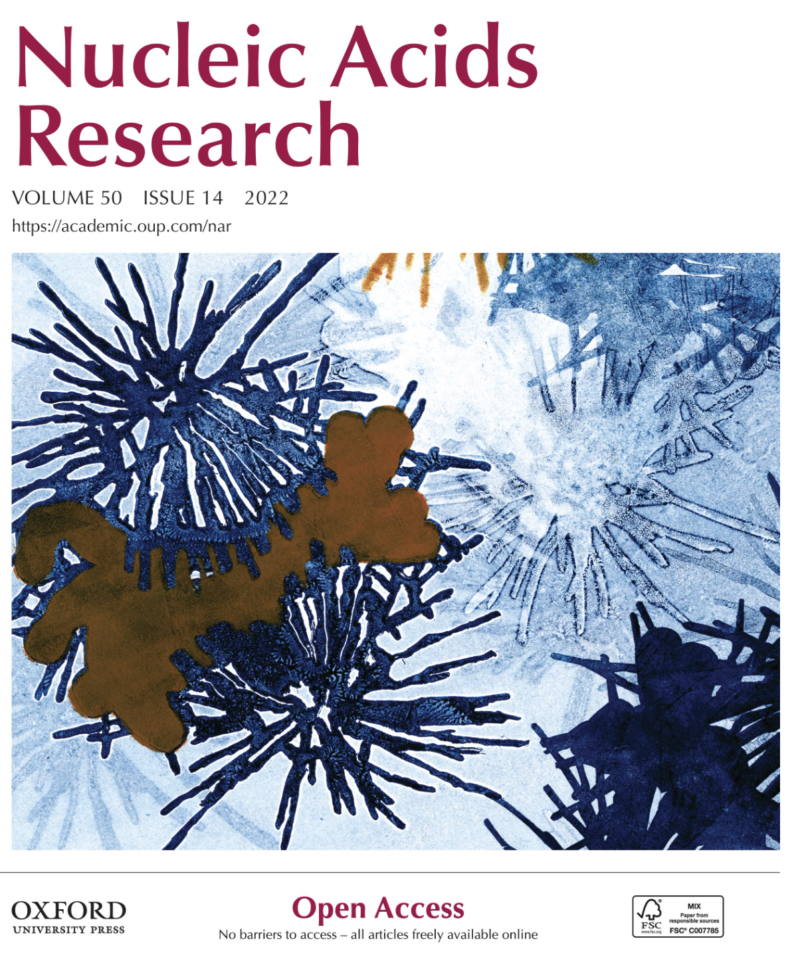July 15, 2022 : Pollak,A.J., et al, NAR
https://academic.oup.com/nar/advance-article/doi/10.1093/nar/gkac618/6644951
It has long been known that nucleic acids that have CpG motifs can activate the immune system and that DNA like nucleic acids do that by interacting with TLR9 located in late endosomes. It has also been shown that PS ASOs that do not have CpG motifs can activate the innate immune system in a TLR9 -dependent manner, but beyond these observations, very little is known about the details of PS ASO interactions with TLR9, the structure activity relationships of TLR9 binding, whether PS ASOs bind to the same sites in TLR9 as phosphate containing oligonucleotides, other proteins that may be involved and whether all PS ASOs produce an equivalent innate immune response. The manuscript (Pollak, A.J., et al. NAR, 2022 advanced online publication) in NAR is the first of a series of publications from my lab that will address these questions. Addressing these questions is the most critical step in then developing modifications that might reduce or ablate innate immune activation by PS ASOs.
An important consideration is that the interactions with TLR9 that are critical for innate immune activation are thought to occur in late endosomes, organelles in which PS ASOs accumulate and the primary site of release of PS ASOs, an essential step in both PS ASO activity and toxicity. Thus, a key step in innate immune activation, TLR9 interactions takes place in the organelle that has the highest concentration of PS ASOs. As we have dissected the main pathways involved in the productive cellular uptake and sub-cellular distribution of PS ASOs and identified most if not all the key proteins that are involved, we used that knowledge to address whether key PS ASO-TLR9 interactions occur in late endosomes. Indeed that is the case since we reduced the concentrations of key proteins along the path to late endosomes taken by PS ASOs and showed co-localization in late endosomes is essential. Interestingly, we also showed that PS ASO interactions with proteins in the cell and extracellular fluid can alter the extent and kinetics of innate immune activation.
Next, we asked whether PS ASOs bind to TLR9 and found that both immune stimulatory and those that do not elicit an immune response interact with TLR9. Though PS ASOs without a CpG motif may or may not induce innate immune response, they compete for binding to TLR9 and that is an obligate interaction for PS ASO induced innate immune activation. Moreover, despite the fact that some PS ASOs are not stimulatory and others vary in both the kinetics and total extent of activation, binding to TLR9 was competitive, suggesting interactions with the canonical CpG site. Finally, there was no correlation between the kinetics or extent of innate immune activations and the binding affinity for TLR9, demonstrating that factors other than binding must be modulating responses. Since activation of TLR 9 depends on dimerization of TLR9, one possibility is that the extent and nature of dimerization differs between different PS ASOs.
It is also clear that innate immune activation by PS ASOs is highly affected by sequence, including placement and number of CpG motifs in PS ASOs that have a CpG motif. Additionally, the more hydrophobic 2’modifications such as cets are more prone to innate immune stimulations.
Armed with this information, we are now exploring the SAR of PS ASO innate immune stimulation in much more detail and beginning to understand where to place point modifications such as mesyls and methoxys to reduce or ablate the potential for innate immune activation. We also attempting to understand the molecular bases for the broad differential effects of PS ASO induced activation. Stay tuned as we complete this work.
